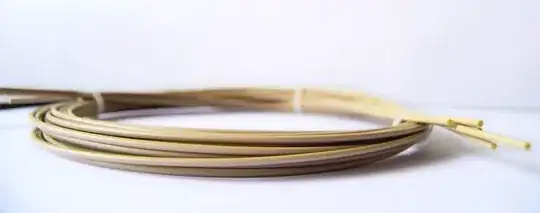High performance polymers are becoming available for specific applications.
One of such materials is PEEK (PolyEther Ether Ketone), a thermoplastic polymer in the polyaryletherketone (PAEK) family. PEEK competes with certain Aluminium alloys but is half the weight of Aluminium. For aerospace application this sounds very promising!
NASA has shown that printing these types of polymers is feasible using low-cost, open source hardware.
Does anybody know why the prices of PEEK are so high?
Depending on the supplier/manufacturer you're looking at about 700 - 900 Euro per kg.
